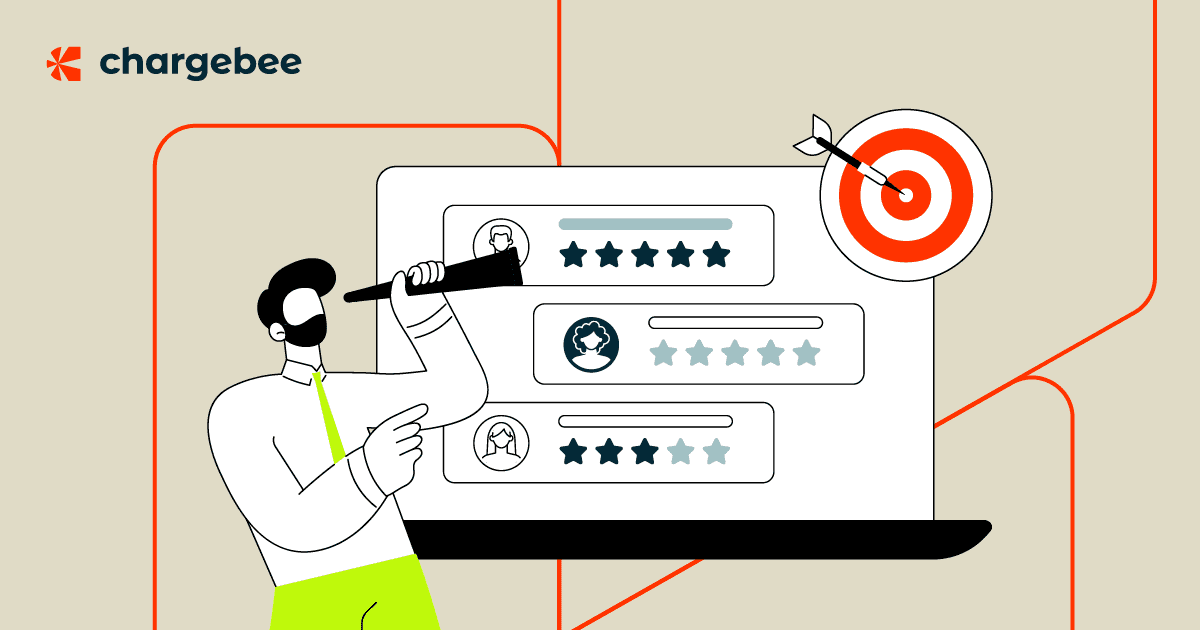
One of the principles of success of SaaS startups is knowing who your customers are and what they want. Now, Steve Jobs once famously said that customers do not know what they want. Henry Ford even said that if he asked customers what they wanted, they would have said a faster horse. Most founders cite these two examples to justify why they do not listen to customers. In reality, they are just shooting themselves on the foot.
Customers know what they want. However, they may not be able to tell you in black and white what they need. It’s up to you to determine what they want , not on intuition, but based on feedback.
Listening to customers is the best way to know what they want. Whether you are getting out of the office to meet customers in person or are engaging with them on Facebook, you will get crucial information that can propel your startup forward. The problem (which may not be a problem to your team) with SaaS is that it is fun building products and features than talking to customers. And not paying attention to your customers may be the reason why your traction is unenviable.
Why Focus on Customer Conversations?
They say customer is king. This assertion remains true even in SaaS. When customers talk, you should listen. But you have to listen with a discerning voice. Customers may not know what they want, but they surely know what they *don’t *want. It’s your job to determine what customers need from what they tell you.
For example, when customers say they would like to pay a lower price for your product, this may not be the case. What they may mean is that they do not derive value from your app to warrant the price that they are paying at the moment.
So, what do you do? Do you reduce your price? Absolutely not.
A savvy founder will find out how to make users customers derive the best value from the app. Perhaps you have all the best features in your app, but how many users actually use the features? If your customers have not discovered the features of your app, perhaps it’s time you updated the “resources” section on your website with information on the rarely used features. Show customers them how they can benefit by using the features of your product.
The above scenario is a simplistic way of showing how customer communication can help you determine what is best for them. However, in practice, customer communication can be difficult. Listening to customers can be tough for various reasons. Here are two reasons:
i) You may not know whom to please
As a SaaS startup, there is the pressure to get traction faster and start generating revenues. The case is even worse when you have investors that need “quick” results. If you are looking to raise funds, you may be pressured to articulate a “big vision” to many potential investors. This big vision may be different from your original value proposition. Moreover, sometimes you can over-extend in an effort not to appear you’re aiming too low.
The problem with your vision is that you are not guaranteed to be successful unless your assumptions are validated in the market. Many founders who find themselves in such a situation end up going down the wrong side, burning resources as they strive to keep up with the “big vision” rather than concentrating on providing real value to customers.
Deciding whether to focus on your customers or investors can be a tough call that can make or break your SaaS business.
ii) You cannot address every person’s needs
When you are convinced that a functionality or feature of your product will be valuable in your business goals as well as the needs of your customers, you may be suffering from self-confirmation rather than taking time to understand the real needs of your customers. Self confirmation often results in creating many features (either requested by you or your customers) and in essence keep you from concentrating on your core preposition.
Learn when to say “No” to customers or features. If you believe a feature is good, you can keep in your list of things to do. Also, when it’s time to incorporate a new feature, weigh the cost opportunity. A new feature may mean more support requests from customers, which can mean spending more time on support than on other revenue-generation activities.
Know the Customers to Listen To
Listening to customers is only one part of the conversation. You must also know which customers to speak to. In the book “The Mom Test”, Rob Fitzpatrick highlights the listening process you can follow to avoid typical pitfall in customer conversations. For example, you have to find out if customers confirm your bias of your product. In another scenario, when customers offer compliments, they are infact validating your idea.
You should also know which customers to listen to. If you have both free account and paid accounts, which customers should you listen to? Easy, those that are in line with your business model. Listening to your customers without considering your business model can make your company fail.
The Right Way to Communicate to Customers
With the emphasis on lean startup focusing on making what customers want, most SaaS companies do not have a strategy of communicating with their customers to find out what they want. Usually, they will send an email survey or have a ‘send suggestion” button on their website. The problem with these approaches of getting feedback is that you cannot gauge whether the suggestion is required by one person or 100 users. Moreover, you can also make everything that customers want only for them to realize that they did not need the feature. You can learn a lot from the failure of Livejournal.
Instead of asking customers what solutions or functionalities they want, find out what they want to accomplish with the app. Also find out what metrics they will use and which existing metrics do not work robustly as they want.
Instead of concentrating your communication on features, find out what customers want to achieve. This is what the right customer communication is all about. If you focus on getting users to accomplish more with your app, you will be able to determine essential features or functionalities required even without asking for feedback.
Listening to customers will help you understand what they want. Without listening to your users, you will waste time and other resources building features that will not improve your product uptake nor improve your customer retention.
What methods do you use to listen to your customers? Share your comments below

